Have you always wanted to visit Puerto Rico but didn’t know where to go first? We’ve made it a bit easier with the best annual festivals in Puerto Rico! There’s something for everyone from a cultural festival, food and wine, music and entertainment events to annual Carnival celebrations. To add to the list, there are many more reasons why people should travel to Puerto Rico!
Puerto Rico is second to only New York, hosting more annual festivals per square mile. There are hundreds of festivals in Puerto Rico each year, from ethnic festivals to music, sports, and food festivals.
Festivals held in Puerto Rico include the Parrandas Festival, which celebrates the city’s patron Saint Joseph; Carnaval de San Juan, celebrating the city’s origins with music and dance; Festival Borinqueno, a tribute to the Latin roots of the Island. Other major festivals held annually in Puerto Rico are Fiesta de la Música Puertorriqueña (Festival of Puerto Rican Music) and Festival Cuisine en Marmita(Chefs Festival). Below are lists of Festivals each month in Puerto Rico.
January
Fiestas de la Calle San Sebastián
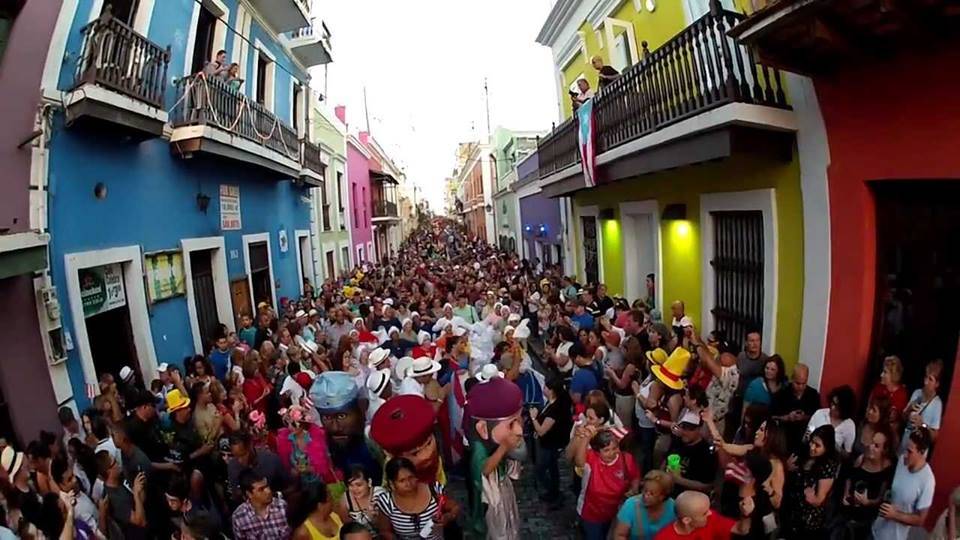
Fiestas De La Calle San Sebastian is the end of the holiday season and one of the most anticipated parties. It takes place in Old San Juan starting Wednesday evening through Sunday afternoon.
The streets and plazas of the old city are filled with local artisans and artists selling and showcasing everything from paintings and hand-made jewelry to art and craft. Multiple concerts and parties are held throughout the city’s walled walls, and the joyful revelry continues well into the early hours of the morning.
Fiestas de la Calle San Sebastian is Puerto Rico’s longest and most popular festival. It also serves as the official closing of the most extended holiday season. The celebrations last several days and Old San Juan is entirely overtaken by live music, street dancing, and circus performances.
Rate: Free
Festival de la Novilla
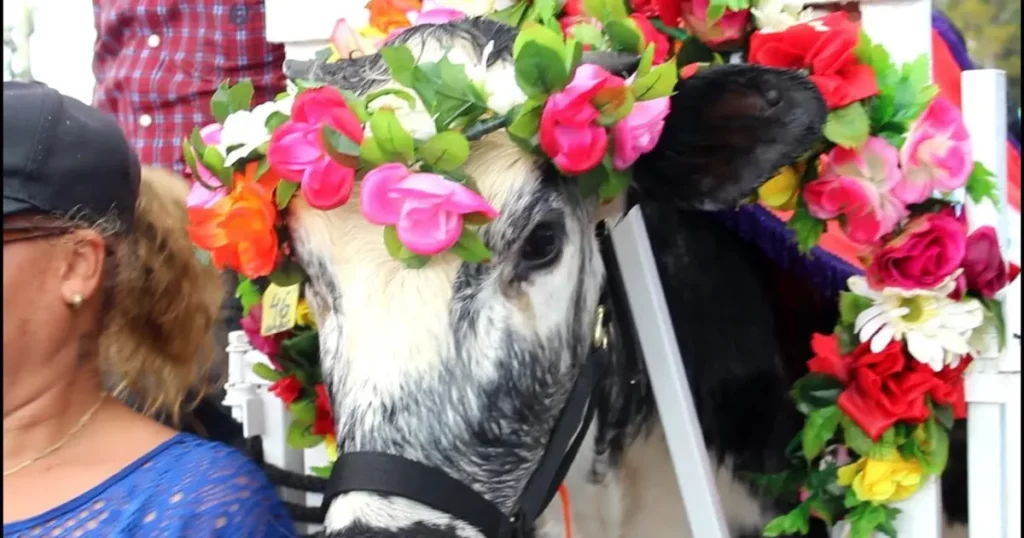
A novella, or heifer, is the main focus of San Sebastian’s popular celebration. It is located in a small rural town on the Island’s west side. There are Live bands performances from folk music and salsa to artisans. Fried food vendors and amusement parks are set up in the square.
The cow, dressed in a crown and flowers, leads a parade through town that features scenes from country life on elaborate floats. A concert of traditional music closes the Festival de la Novilla.
Although the festival de la Novilla was established in 1977, similar events have been held in the town as part of the patronal festival ever since its founding in the 18th century. Cattle raising influence the economy and culture of the area. The Club Altrusa de San Sebastian organized the first official Heifer Festival in January 1977.
This club was founded in 1976 and is dedicated to women entrepreneurs. Its purpose was to raise funds to improve education in the community.
The club still organizes the festival, and funds are raised to improve services and develop educational projects in the area. The festival’s purpose today is to present old traditions so that visitors can learn more about the town’s history. Esperanza, which means hope in Spanish, was the heifer at the 2018 celebration.
Rate: Free
Fiesta de los Reyes Magos
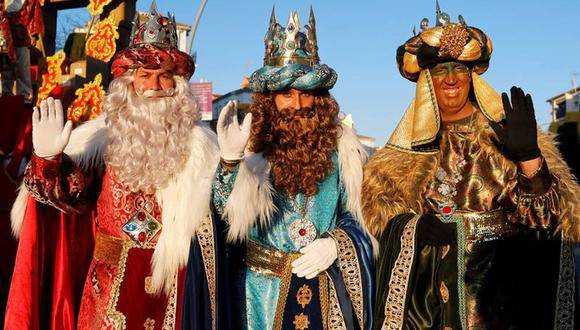
Puerto Rico celebrates the Epiphany, which falls on January 6th and is also part of the holiday season. According to Catholic tradition, the Three Wise Men (in Spanish Los Tres Reyes Magos) visited the manger to give gifts to baby Jesus.
Puerto Rico has town festivals featuring local actors and performers dressed up as the Three Wise Men, who hand out gifts to children.Fiesta de Reyes Juanadina in Juana Diaz and Fiesta de Reyes Isabelinos in Isabela are the most well-known festivals.
The Three Wise Men travel on camels from the East to visit all children every year. After New Year’s Eve, the Three Wise Men arrive in Spain and pass through the various towns to hear the children’s requests and receive their letters.
According to tradition, the Magi was responsible for guiding the Magi to Bethlehem via a star that led them to the birthplace of the Child Jesus. These three magicians gave him three gifts upon his arrival: gold, frankincense and myrrh.
Every Christmas, the children write letters to the kings, or all three, Melchior Gaspar, Baltasar, and Gaspar.
Rate: FREE
La Campechada
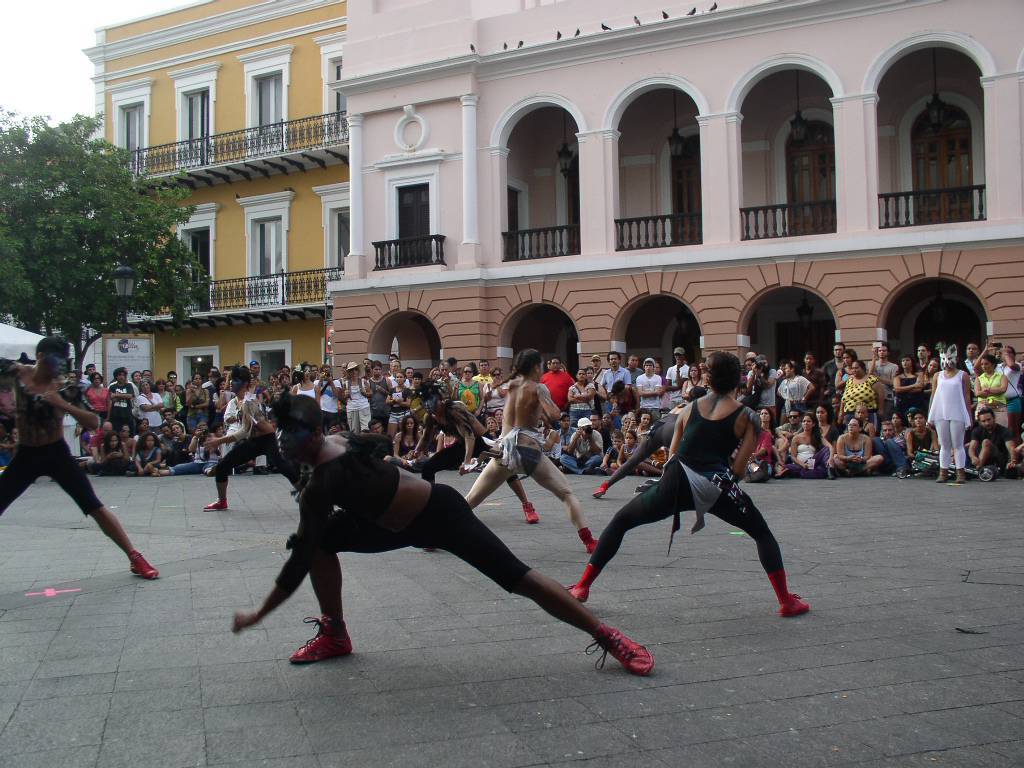
Puerto Rico is well-known for its rich cultural heritage, especially in music and art. La Campechada, a festival that promotes local culture and arts to tourists and the general public, is called “La Campechada.”
La Campechadab brings together performers, musicians, and actors to educate the public on Puerto Rican culture and art. The festival honors a Puerto Rican artist each year and is the source of many new works.
Guided walks, conferences and workshops, live drawing, performances, and other activities are part of the Artisan Fair. Each year, the city hosting this event changes.
Festival attendees can enjoy art, book, and artisan fairs that promote local work. There are also conferences and workshops about the topic. For those who want to learn more about Puerto Rican culture, the festival is an excellent experience.
RATE: FREE
Feburary
Festival del Frío
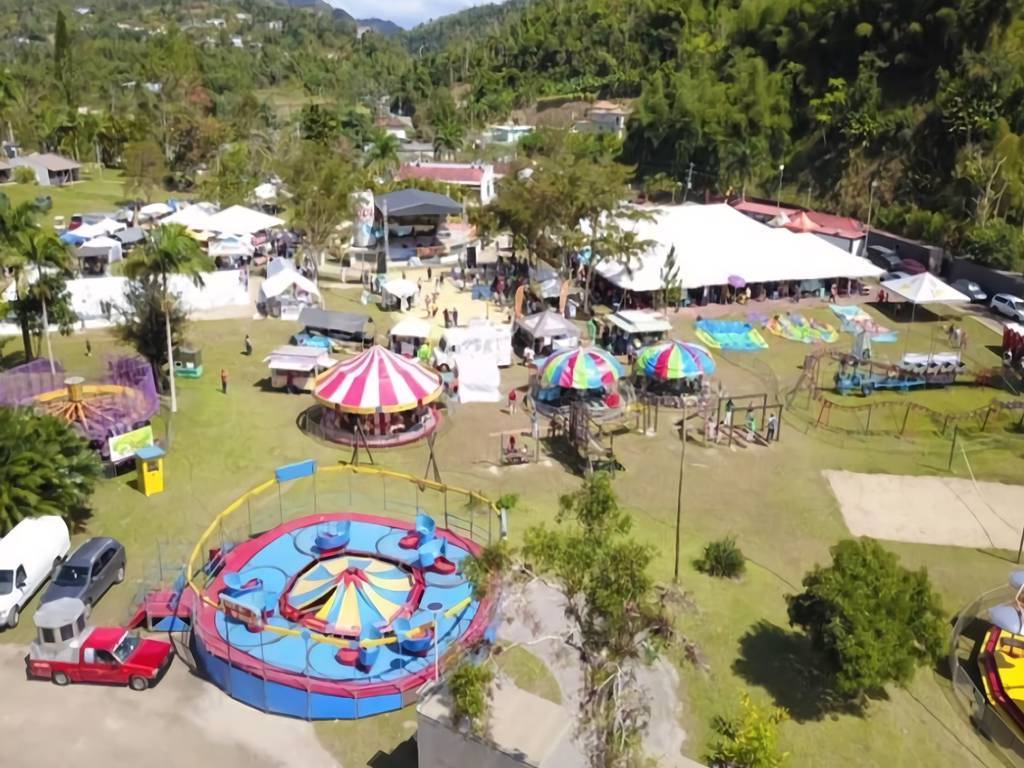
In Puerto Rico’s coldest municipality, the Festival del Frio de Adjuntas is held every year. This small mountain town has seen temperatures as low as 40 degrees F. To enjoy the natural surroundings, the first festival was held here in 2009.
The festival attracts over 20,000 people who camp out for the occasion. It begins at night in the Parador Villas Sotomayor pool area, and breakfast is served the next morning after a nature walk. Live music, local artisans, and other entertainment will be available until midnight.
The festival ends with ice being thrown into the Garzas River. Puerto Rico is known for its warm climate year-round. In a family-friendly setting, visitors can enjoy carnival rides and local artisans.
RATE: FREE
Carnaval Ponceño
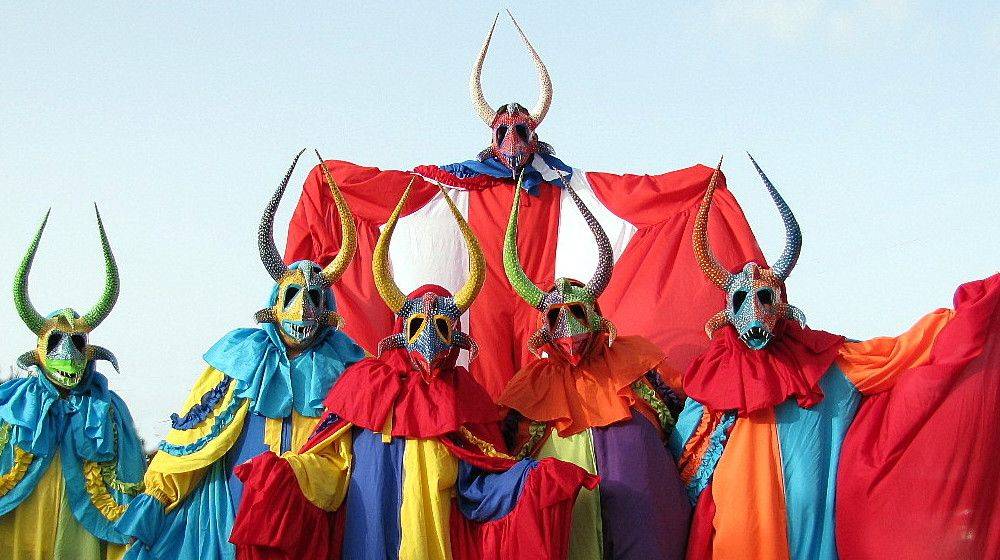
There aren’t any documents that define the official origins of the Carnaval However, there are documents that mention the event in 1858. The Carnaval de Ponce thus was first observed in 1858 and first introduced as a masquerade dance performed by a Spaniard known as Jose de La Guardia. The masquerade was an event throughout the decades; however, it wasn’t until the 1950s that the municipal government decided to add an event to Carnaval.
In the early 1960s, Carnaval began to incorporate parades that represented civic and cultural institutions and public and private community housing and colleges, schools, banks, industries, and commerce. The Office of Cultural Development of the Municipality of Ponce states “it has been believed the impact from Carnival of the Nice Carnival extended to Barcelona and that the immigrants from Barcelona brought the carnival to Ponce. As time has passed, Poceans have added their twists to the festivities with Afro-Antillean music, which fills the carnival with rhythm, percussion and joy.”
The month of June 1995 saw the Carnaval of Ponce was transported into New York City where, during the Puerto Rican Day Parade, more than 200 performers, as well as folk musicians from Ponce and Ponce’s Banda Municipal de Ponce and the Carnival’s Queen and Child Queen, paraded down the city’s Fifth Avenue as part of the city’s Puerto Rican Day Celebration. In the weeks leading up to the Parade, Folk artists who were part of Carnaval de Ponce toured the city, instructing children to make the traditional Ponce carnival masks. In 2012 the local newspaper called the Carnaval de Ponce “Puerto Rico’s National Carnival.”
Rate: FREE
May
Festival de Teatro Puertorriqueño e Internacional
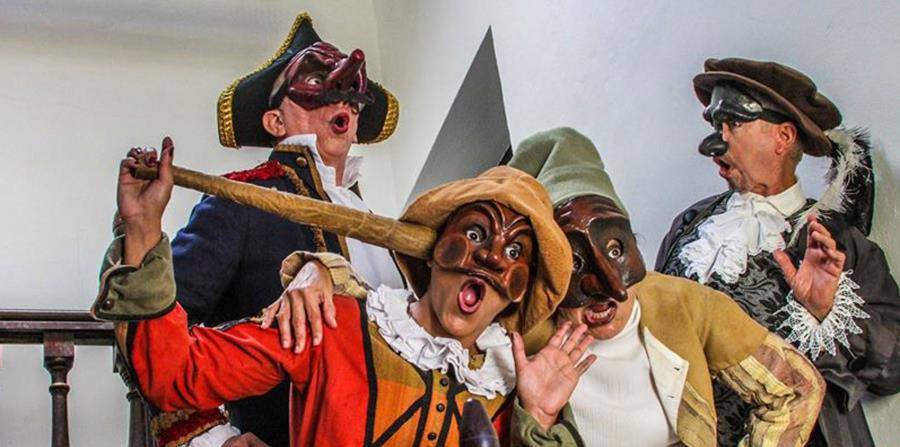
This theatre festival features performances of local and international plays. The festival, held every year in honor of a distinguished member of the theatre community, features all kinds of theatrical works from classic dramas and experimental performances.
These theatres are found in Santurce’s heart, also known as the Art District of San Juan. They are surrounded by hip restaurants, coffee shops and amazing street art.
Rate: FREE
JUNE
Festival de la Piña Paradisíaca
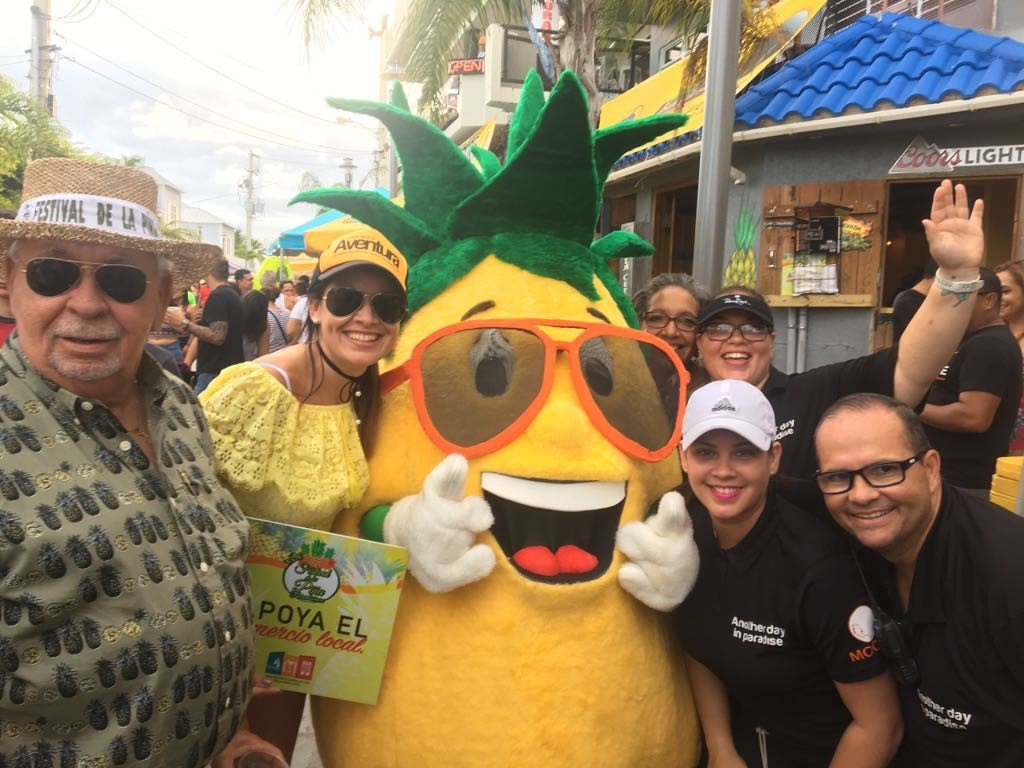
Every year, the “Pineapple Festival,” held in La Parguera (an oceanfront community in Lajas’ southern town), is celebrated. Local vendors sell pineapples, dozens of agricultural products, and fried foods.
Local bands provide entertainment throughout the evening. La Parguera is full of bars and restaurants and small hotels and charter boat rentals. There’s even a bioluminescent bay.
The celebration features a 5K race that offers a spectacular view of the marina, mangrove coves, and other attractions that make La Parguera an ideal getaway for tourists and locals.
Rate: Free
Noche de San Juan
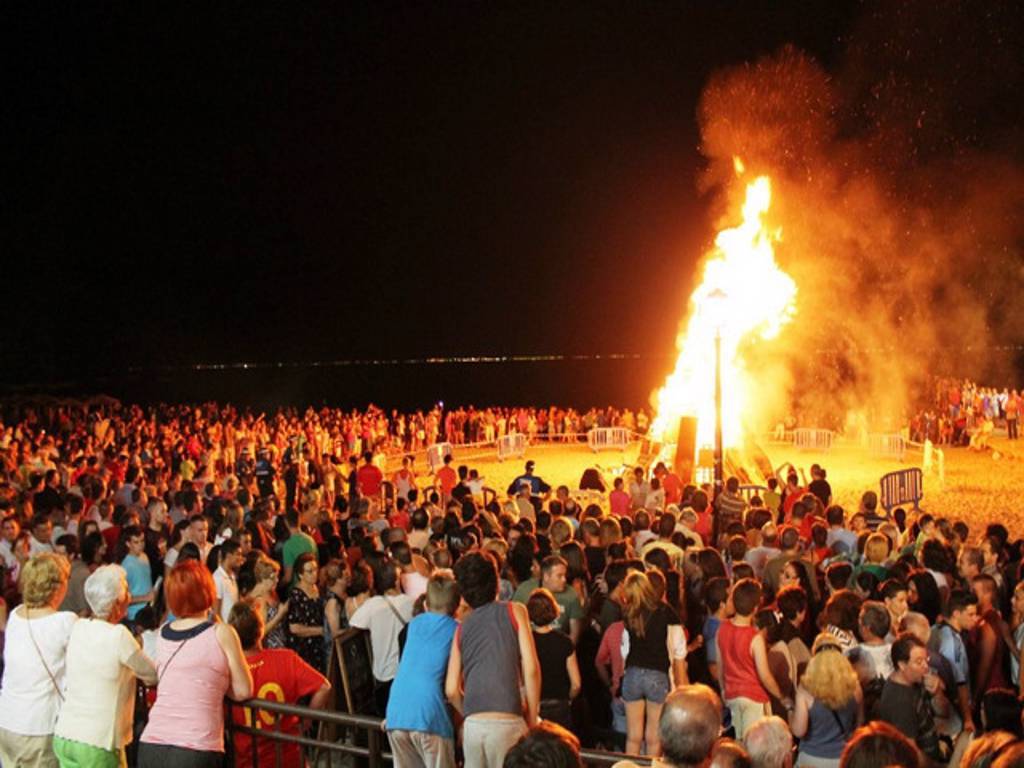
Saint John’s Eve is celebrated before Saint John’s Day, and it begins at sunset on June 23rd. According to Luke’s Gospel (Luke 1:26-37: 56-57), John was born six months before Jesus. Therefore, the feast of John, the Baptist, was set on June 24th. According to the Roman calculation, this is six months before Christmas (ante denim VIII Kalendas Iulias). This is one of very few saints’ feasts that commemorates the anniversary rather than the saint’s death being honored.
Saint John’s Eve is also known locally as Noche de San Juan, and it’s an unofficial celebration that celebrates Saint John the Baptist’s Nativity. Many people gather on the beaches to jump seven times into the ocean at midnight for luck.
The Feast of Saint John coincides closely with the June solstice. Also known as Midsummer in the Northern Hemisphere, the Feast of Saint John is called Midsummer. Although the Christian holy day falls on June 24th, most celebrations are held the night before Saint John’s Eve in most countries, and many places celebrate this holiday.
Rate: FREE
JULY
Festival de Santiago Apóstol
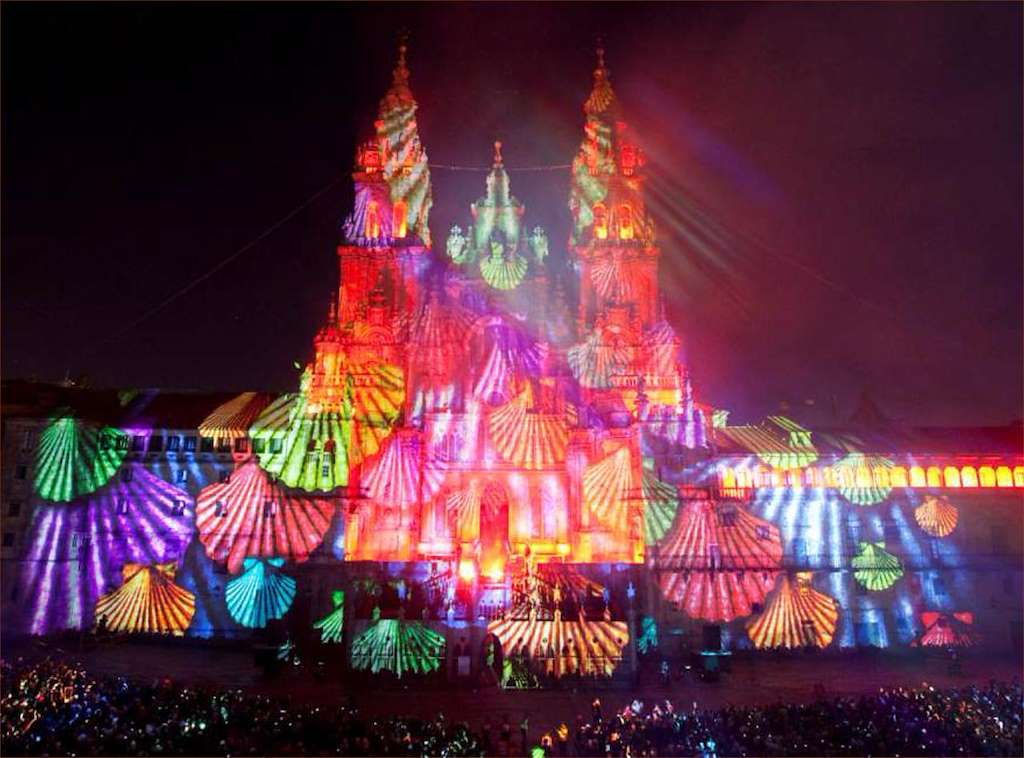
In Loiza in the province of Loiza, there’s a different kind that is a vejigante that is the one that is constructed from driftwood and coconut. In the Festival of Saint James, the Apostle, in Spanish Santiago Apostol, there is an energetic parade through the town where vejigantes and Spanish knights battle it out in a battle that symbolizes the conflict against the powers of evil and good.
Saint James, One of the apostles, is the patron saint of the Spanish Christian military, having assisted in the defeat of pagan Moors. His apparition is believed to appear across Loiza and Spain and Loiza and Loiza, which is why both have chosen saint James to be their saint of the day. Spain, as well as Puerto Rico, have similar celebrations on the celebration that celebrates Saint James.
Bomba music is a piece of traditional folk music with a distinct African influence, thumps as dancers wear their vibrant skirts to engage with the drummers. The musicians respond to dancers instead of the opposite.
Rate: FREE
NOVEMBER
Festival Nacional Indígena
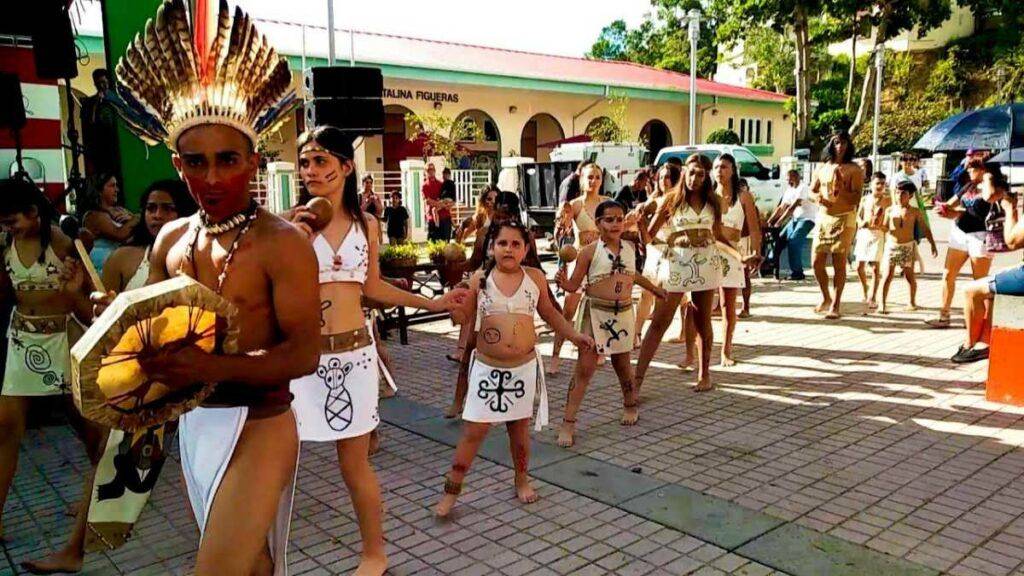
Puerto Rico is an island famous for its heritage and culture and its historical past. The Jayuya region is a testament to this history and is home to the Taino tribe, who inhabited islands before the Spanish discovered the Island. This region also is home to the highest peak in the world.
The festival celebrates Puerto Rico’s ancestral roots and its influence on Taino tradition and culture. It is a town in Jayuya that was named in honor of one of the largest caciques (or chiefs) who resided on the Island when they arrived, with the Spanish arriving in the early 1500s. It was also where Taino hieroglyphs were discovered and made into huge stones.
The festival is a celebration of the history that is Taino culture. Traditional ceremonies, the ball game and costume parade are among the most memorable aspects during the celebration. The festival also celebrates local cuisine and culture and gives guests the chance to enjoy the hospitality in the local area. Tourists can also visit sights such as Piedra Escarita and coffee plantations during the festival.
The Spanish destroyed the Tainos, and however, their influence is still evident throughout Puerto Rican culture. Jayuya also has the highest mountain on the Island of Puerto Rico, some of the most renowned coffee plantations on the Island, and a moonshine distillery and hot air balloons. The journey to reach it is difficult, but it’s worth the effort!
DECEMBER
Nochebuena Celebration
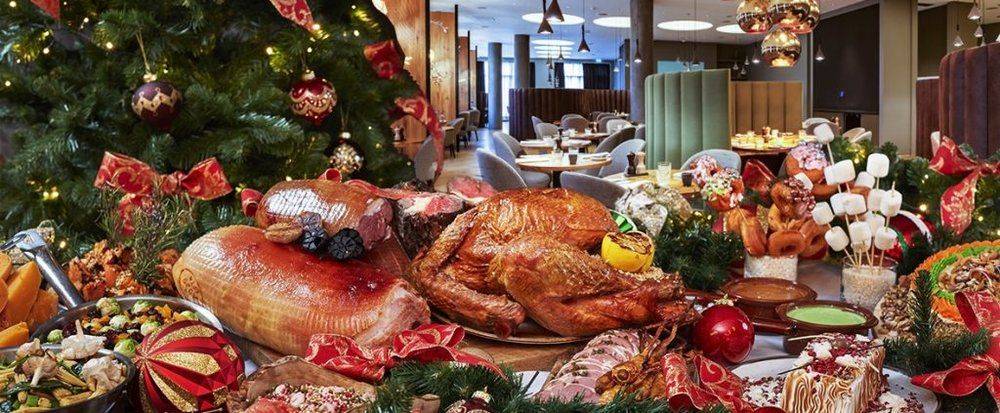
On Christmas Eve, also called Nochebuena, the people get together with their family and friends to feast on Arroz con gandules and Lechon (roast rice and pork with pork peas) and consume coquito (like eggnog but with coconut as the base) while singing trullas (Christmas songs typically performed with maracas, drums as well as guiros).
Nochebuena (literally “the Good Night”) is the Spanish term that refers to the night of Christmas Eve, which is celebrated on December 24th each year. It is typically an essential celebration of Christmas in Latin American cultures, and certain regions have a fast at midnight before dinner.
If you’re a tourist to the Island, most tourist services will be in operation on the 24thof December, and later in the evening, numerous restaurants and hotels offer special Christmas dinners. In most of Spain, Latin America, the Pacific Islands, and the Philippines, the celebration consists of a traditional dinner for the family.
Rate: FREE
Festival de las Máscaras de Hatillo

The festival is a celebration of this holiday, Dia de Los Santos Inocentes, one of the Puerto Rican versions of April’s Fools. Within the city of Hatillo, it’s known as”the Festival of Masks and features costumed people in vibrant and extravagant costumes for an elaborate parade that includes equally outrageous parades that weave across the town.
Every year women and kids wear colorful costumes and masks and participate in parades in cities like Hatillo. The parade ends at night in the afternoon in the Plaza Publica in Hatillo.
Alongside the masks and parades, the festival also has performers, music, traditional food, and entertainment for the entire family. This is a very well-known festival across the whole Island, so be prepared for massive crowds to fill the streets of Hatillo.
Rate: Free
New Year’s Eve
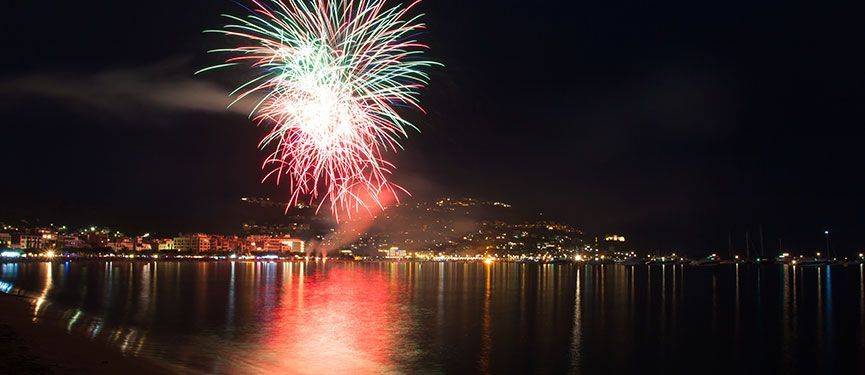
Puerto Ricans celebrate the new year with loved ones and family. Traditional dishes are served: Arroz con gandulesor roast pig, pasteles pitorro and coquito. They also serve rice pudding or the tembleque. Did you have any idea that the people of Puerto Rico throw a bucket of water from their windows to ward off evil spirits?
Another traditional tradition that originates from Spain is eating 12 grapes at midnight during the final twelve seconds of the closing year. The ceremony involves eating the grapes with every ring of the clock. The belief is that eating all of the grapes could bring about an abundance of luck when you end up eating all of the grapes.
Another custom is to sprinkle sugar on their homes to bring luck. And lastly, when you’re at a nearby beach, you can drop backward in the waves when the clock hits twelve to keep evil luck away.
Rate: Free
Not all travelers have the opportunity to enjoy international festivals that celebrate music, art, culture, and food. If you think you have seen it all, think again! Puerto Rico is a small Caribbean island with an infinite number of celebrations to offer you year-round.
Experience the magic of their festivals like La Bomba Competition, Murga Reunion, Springfest in Mayagüez, Festivál San Sebastián de la Pepa, Fiesta de Patios y Jardines and so many others but in all say ‘cheese’ and take great pictures.



5 Comments
Pingback: Top 10 Historic Sites In Puerto Rico That You Need To Visit - Knowing Puerto Rico
Pingback: Top 10 Coffee Haciendas In Puerto Rico - Knowing Puerto Rico
Pingback: Top 5 Best Breweries in Puerto Rico & Their Contact Details - Knowing Puerto Rico
Pingback: Top 10 Christmas Foods in Puerto Rico and How To Prepare Them - Knowing Puerto Rico
Pingback: Flights To Puerto Rico and Their Contact Details - Knowing Puerto Rico